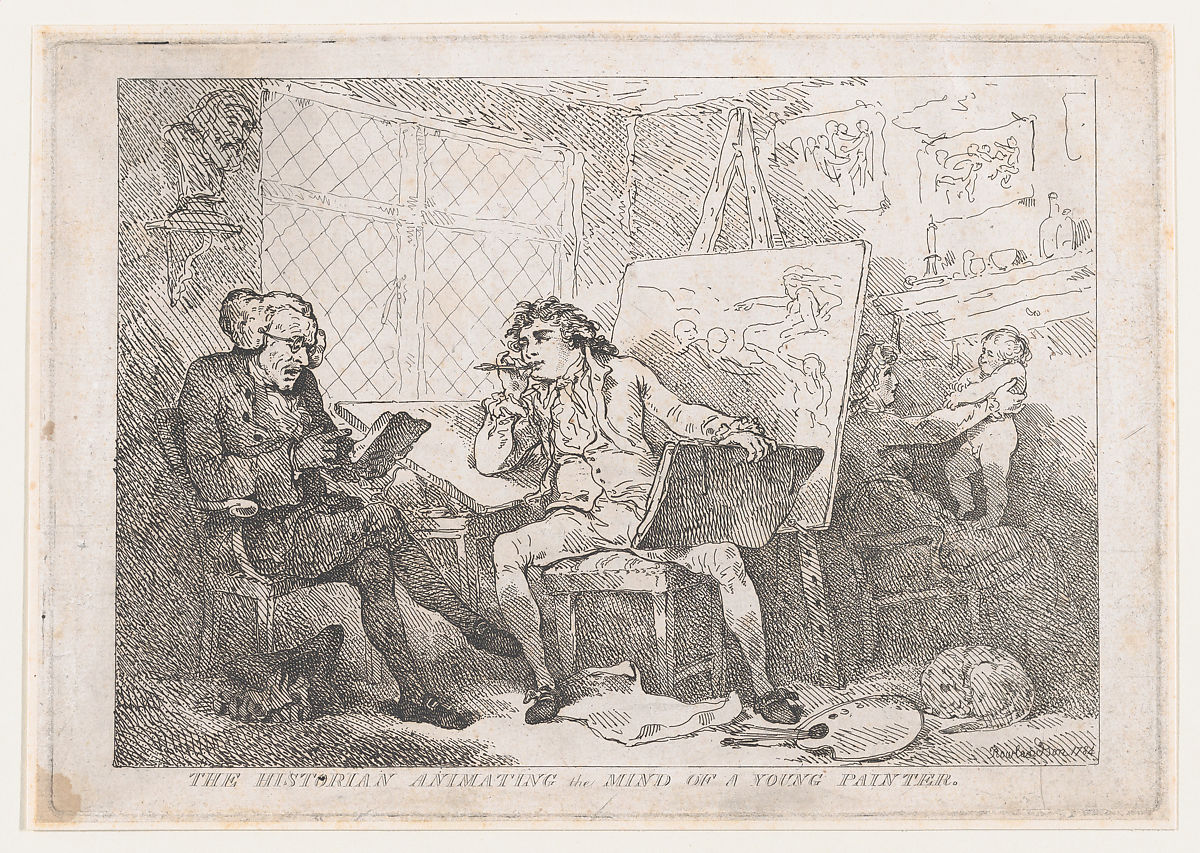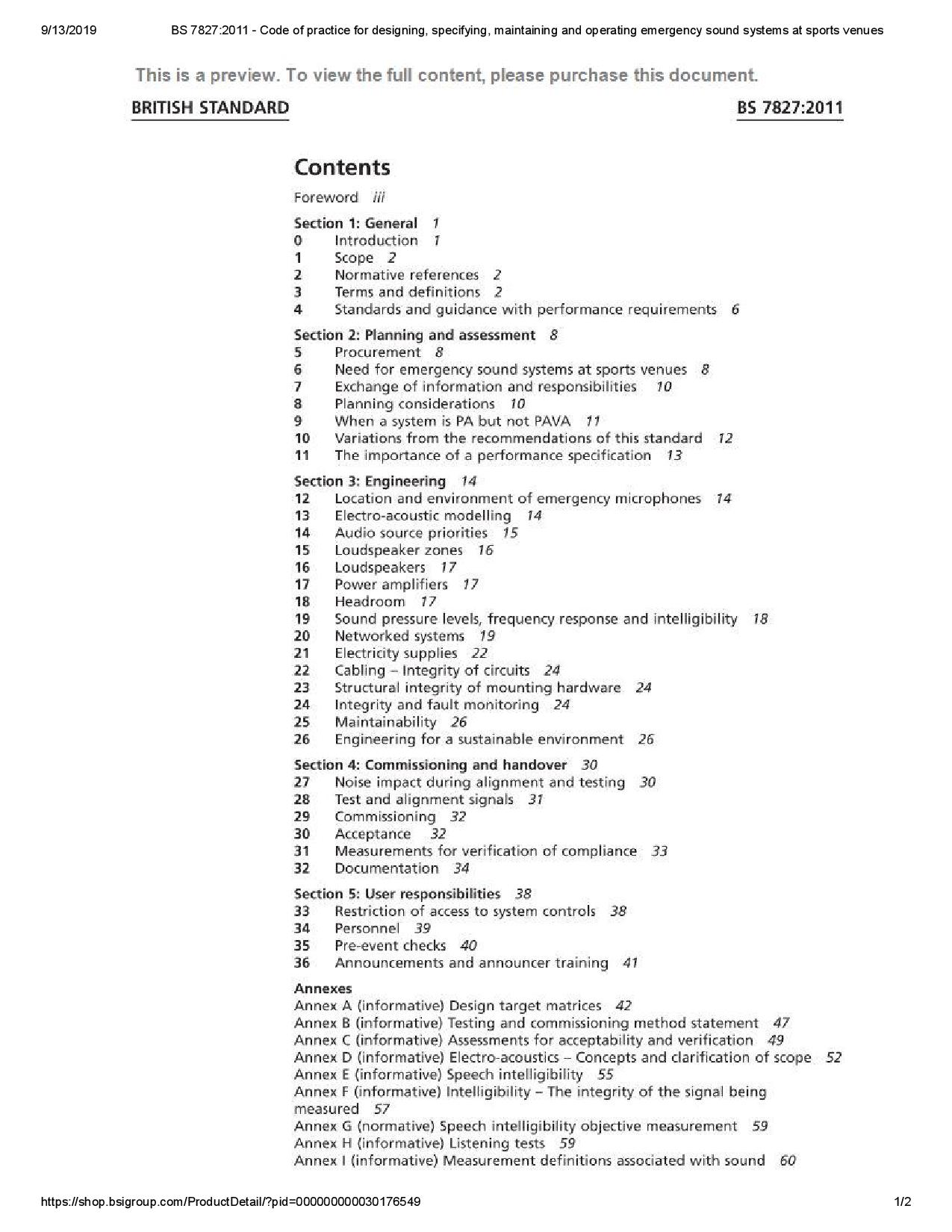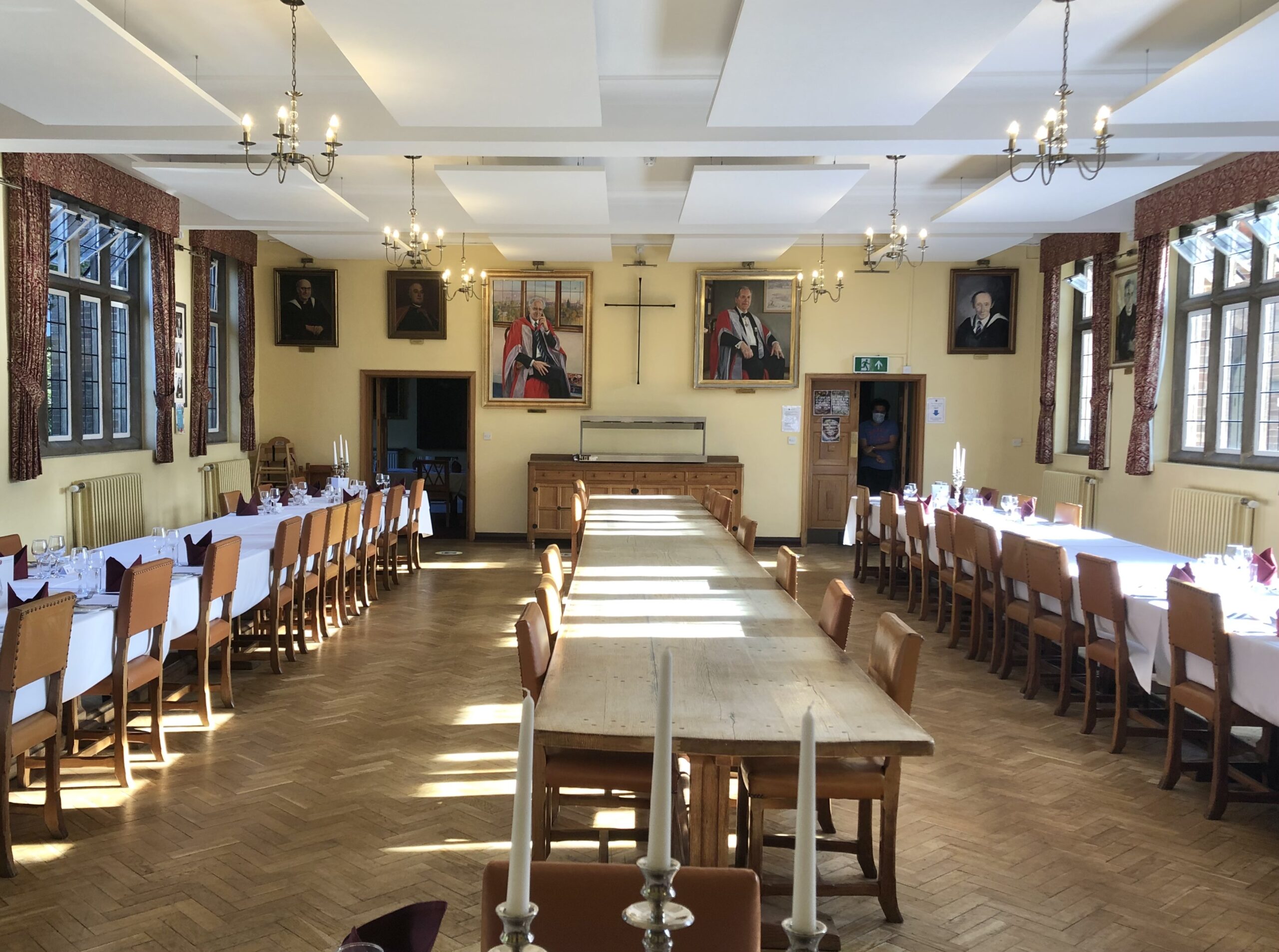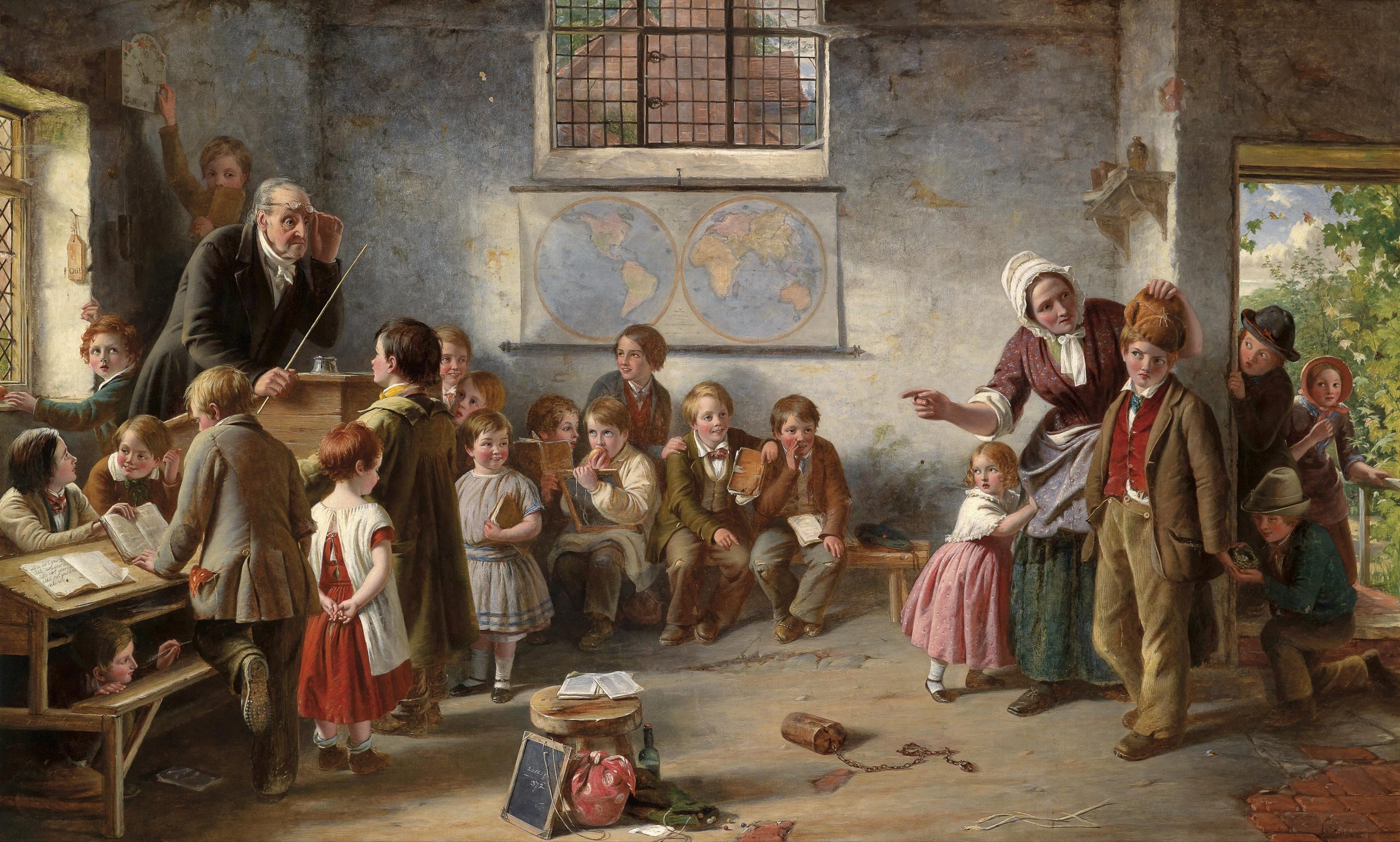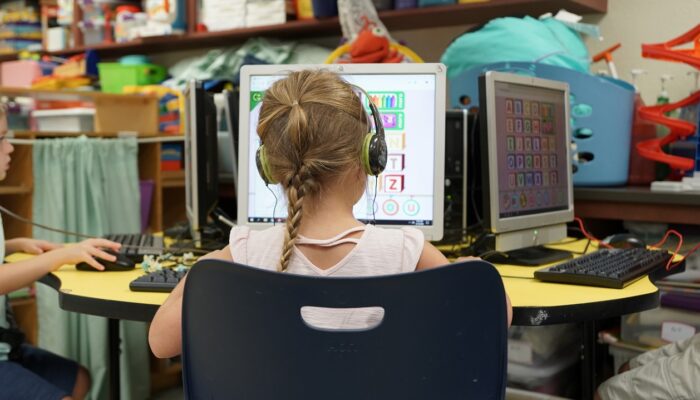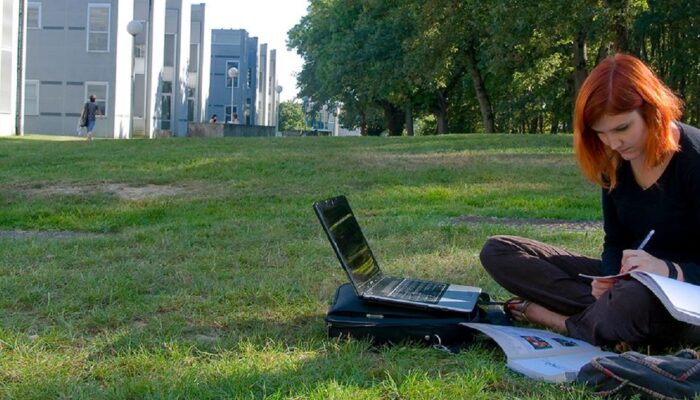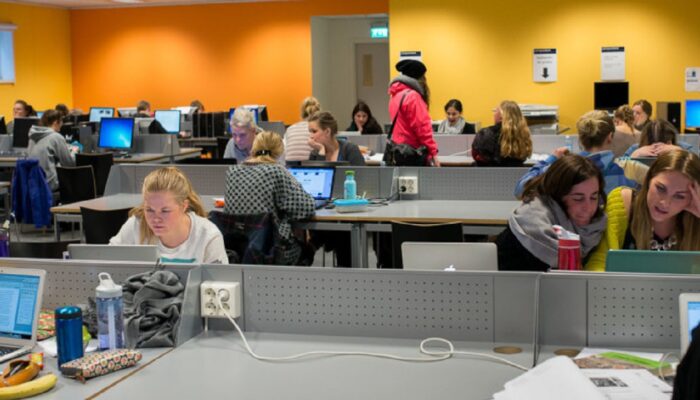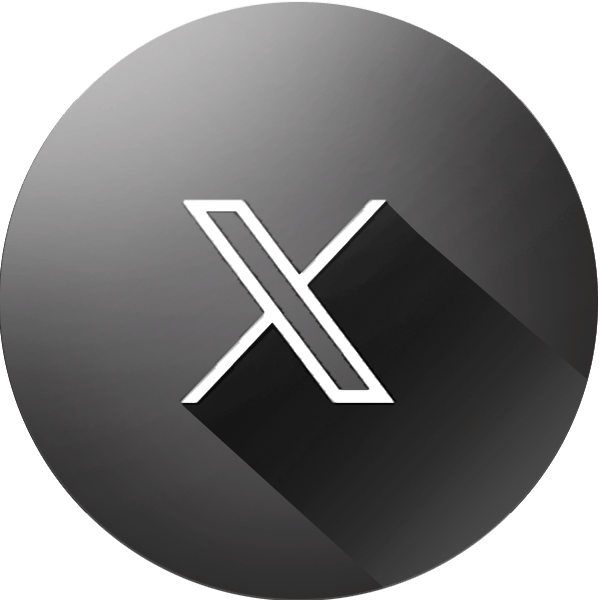Time has no beginnings and history has no bounds. The way we understand the past is always changing:
History never says “Goodbye”.
History always says “See you later”
“When Herodotus composed his great work,” Richard Cohen writes at the start of Making History: The Storytellers Who Shaped the Past, “people named it The Histories, but scholars have pointed out that the word means more accurately ‘inquiries’ or ‘researches.’ Calling it The Histories dilutes its originality.
I want to make a larger claim about those who have shaped the way we view our past—actually, who have given us our past. I believe that the wandering Greek’s investigations brought into play, 2,500 years ago, a special kind of inquiry—one that encompasses geography, ethnography, philology, genealogy, sociology, biography, anthropology, psychology, imaginative re-creation (as in the arts), and many other kinds of knowledge, too. The person who exhibits this wide-ranging curiosity should rejoice in the title: historian.”
Soundcloud Podcast: The World in Time



